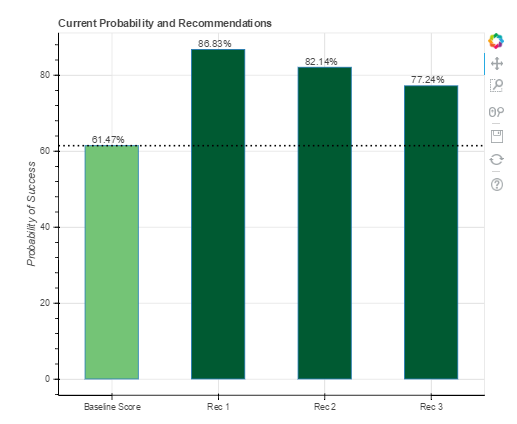Choosing Wisely
The Problem
Education funding is a controversial issue, but everyone agrees that budgets are tight for public schools. In 2016, the Center on Budget and Policy Priorities reported significant drops in total funding for schools since 2008 across most states. There are many reasons for this – less federal aid to states (particularly for high-poverty schools and special education programs), lower state revenues, and spending cuts at all levels. At the same time, the more pervasive use of technology in the classroom has improved student outcomes, but at a higher cost than school budgets can afford.
Teachers cover some of these costs, but they cannot (and should not!) absorb the full increase. According to Forbes, the average teacher spends about $500 on classroom supplies and 10% spend $1000 or more. Education crowdfunding sites like Donors Choose have a unique ability to support teachers, particularly those in high-need areas, and provide access to resources like books, field trips, and technology for which schools simply don’t have the budget.
Our Solution
Donors Choose helps connect public school teachers with crowdsourced funds for classroom needs. Understanding common requests, funding rates, and factors driving success on Donors Choose are of interest to teachers, researchers, and activists alike.
Choosing Wisely does the following:
- Enables teachers to estimate how likely their projects are to get funded on Donors Choose
- Provides individualized recommendations for teachers on how to maximize their project’s chance of success
- Allows researchers to explore success rates for different kinds of schools, states, subjects, etc.
- Helps teachers and administrators understand what products are commonly requested, such as popular ESL books for students of different grades
The Impact
Donors Choose has raised over $500M for schools since its creation in 2002. The platform continues to grow every year. However, a relatively consistent number of projects (about 30-35%) are not funded. The funding gaps are more common in some states than others, particularly in the US southeast region (Georgia, South Carolina, Alabama, Mississippi, Tennessee). By providing a simple, easy-to-use tool for teachers to understand their chances of getting funding and to receive suggestions for improvements, we can help more teachers reach their goals successfully.
To very roughly estimate potential impact, there were 225K projects in 2016, of which about 30% were unsuccessful. That’s about 67,500 failed projects in 2016. Assuming the median cost per project (about $450), that’s a gap of about $30.5M. If our tool were to drop the rate of failed projects by just 1% per year, that would mean an additional 2,250 projects funded and an additional $1M of needed supplies for schools.
How Does It Work?
Donors Choose provides historic data regarding projects posted on the platform. This data includes information about the project itself as well as information about the school and surrounding community. In an effort to better understand the specifics of the schools involved, we joined this information with information provided by the National Center for Education Statistics.
We limited our prediction models to use only the features we found to be most important in predicting the likelihood of a project’s success. This minimized the burden on our users while maintaining a high degree of reliability in our model.
We explored Random Forest, AdaBoost, and Logistic Regression to create the model. All showed substantial improvements over baseline models in terms of accuracy and F1 scores. Because the goal of our project is to provide an accurate probability of success for a given project rather than simply providing a binary (Funded/Not-Funded) response, the calibration of our models was of great importance. Ultimately we settled on an ensemble of our Random Forest and Logistic Regression models (weightings tuned as a hyper-parameter) due to its strong Briar Score, increased reliability on edge cases, and superior performance on accuracy and F1 metrics for use in our predictions.










